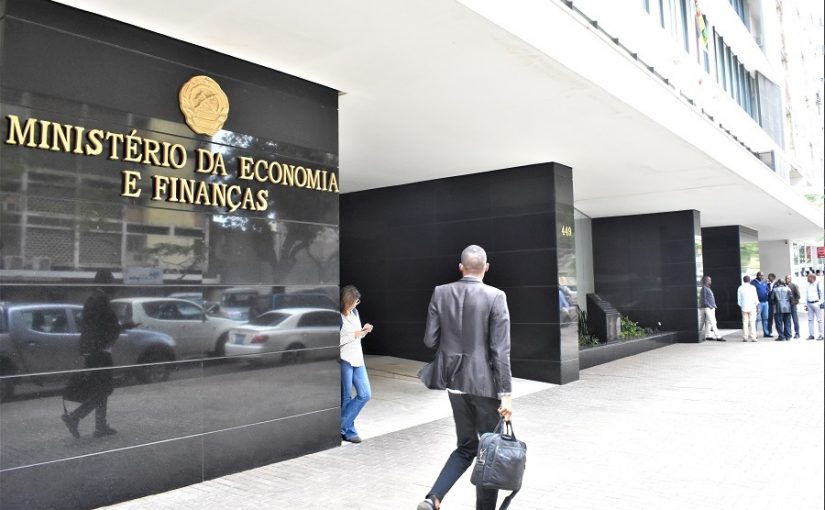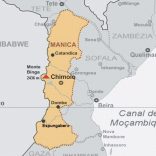Mozambique: New bridge over the Revúbuè already showing defects - O País
Mozambique: Public sector wage bill to be held to 12.4% of GDP in 2025, 10.6% by 2027

File photo: Notícias
Mozambique’s government plans to limit public spending on wages and salaries to the equivalent of 12.4% of gross domestic product in 2025, and then reduce that share to 10.6% by 2027, according to the Medium Term Fiscal Scenario (CFMP) approved by the executive.
According to the strategy document for the period 2025-2027, approved this month by the council of ministers and to which Lusa had access on Monday, the government recognizes that in 2022 this proportion reached a peak of 15.9% of the GDP, falling the following year to 14.8%, with a further decline to 13.3% expected in 2024.
“This limit will be adjusted according to the gradual application of the tax regime,” the document reads.
The government estimates – through measures on the tax revenue side and on the operating expenditure side – that it will generate gains of 8,683 million meticais (€126.8 million) in 2025, rising to 16,735 million meticais (€244.4 million) in 2026 and to 21,617 million meticais (€315.6 million) in 2027.
It adds that the “annual growth in expenditure on wages and salaries will be restricted to specific levels in relation to the average growth rate of nominal GDP or real GDP, depending on the level of domestic public debt”.
The document recognizes that the stock of Mozambican public debt grew to 73.8% of the GDP in 2023, against a target of 47.2% in 2027.
These limits indicate that, for public debt above 30% of GDP, “the growth in expenditure on salaries and wages cannot exceed 2.0% above the average growth rate of nominal GDP”.
With public debt between 15% and 30% of GDP, growth in expenditure on salaries and wages will be limited to 5.0% above the average growth rate of nominal GDP or 0% of average real GDP growth, and in the scenario public debt below 15% of GDP, the growth in expenditure on salaries and wages could be up to 6.5% above the average growth rate of nominal GDP.
“The fiscal rule will be a fundamental part of the CFMP and will play a crucial role in achieving credibility and sustainability objectives and in meeting the country’s long-term needs in terms of economic growth and social well-being,” the document points out.
It adds that the medium-term fiscal strategy “aims to achieve primary surpluses to strengthen the country’s fiscal and financial stability”, an approach that aims to ensure “that state revenues exceed expenses, excluding debt interest payments”.
“By achieving primary surpluses, it is expected to stabilize and reduce public debt, creating a sustainable long-term fiscal base. With this strategy, the government will be able to face economic challenges with resilience, invest in priority areas and ensure the efficient provision of public services,” the document elaborates.
The document points to “controlling the expansion of public expenditure, ensuring that expenditure growth remains aligned with the economy’s financing capacity, avoiding unsustainable fiscal pressures”, highlighting the need to “restore fiscal credibility, with improved access financing, especially in a context of high debt and perceived high fiscal risk”.
The Mozambican state’s operating expenses fell by 2.2% in 2023, compared to the previous year, to 330,495 million meticais (€4,780 million ), but personnel expenditure exceeded budget.
According to the economic and social balance of the execution of the 2023 State Budget, this performance corresponded to 97.1% of all planned state operating expenses, estimated at almost 316,919 million meticais (€4,600 million).












Leave a Reply
Be the First to Comment!
You must be logged in to post a comment.
You must be logged in to post a comment.